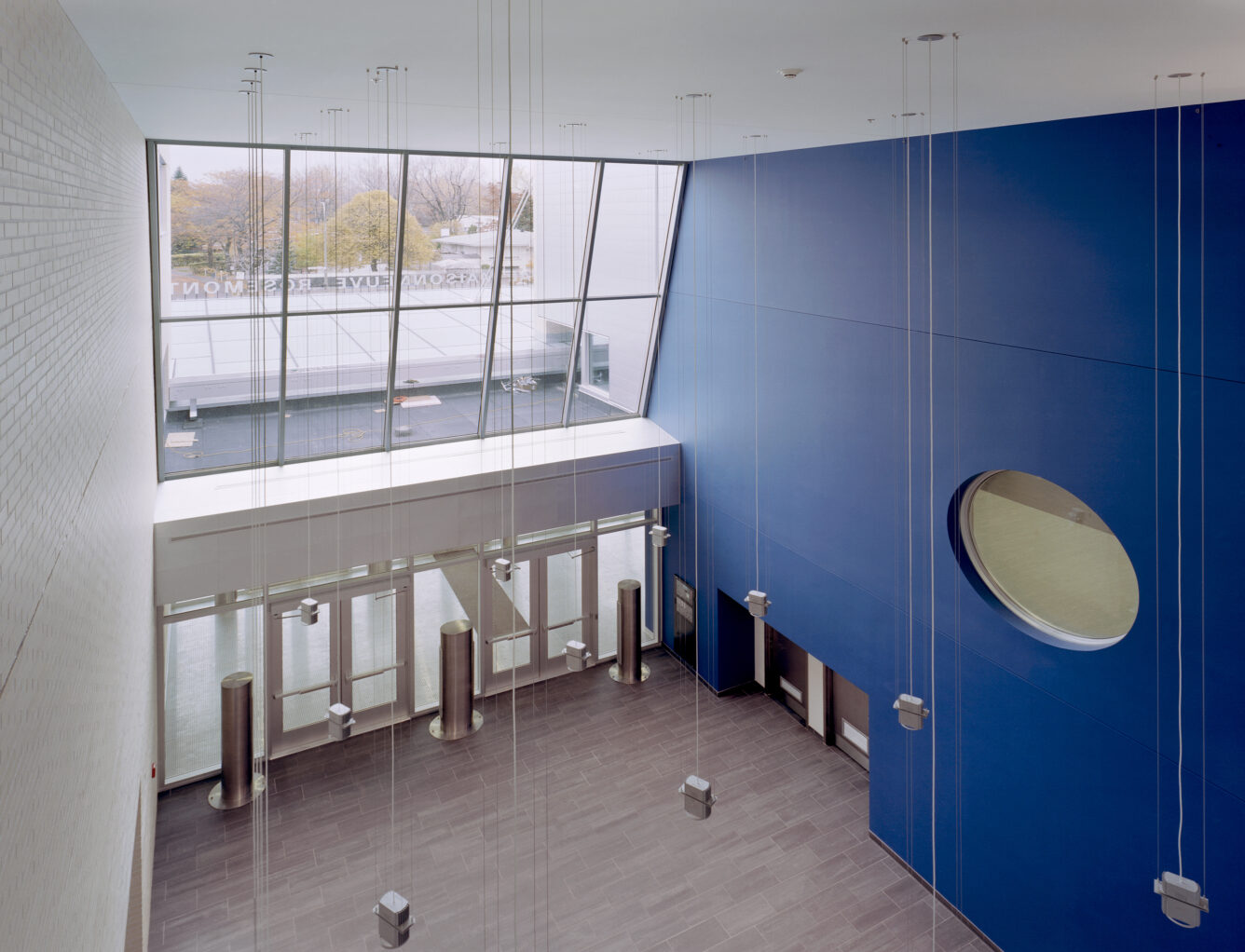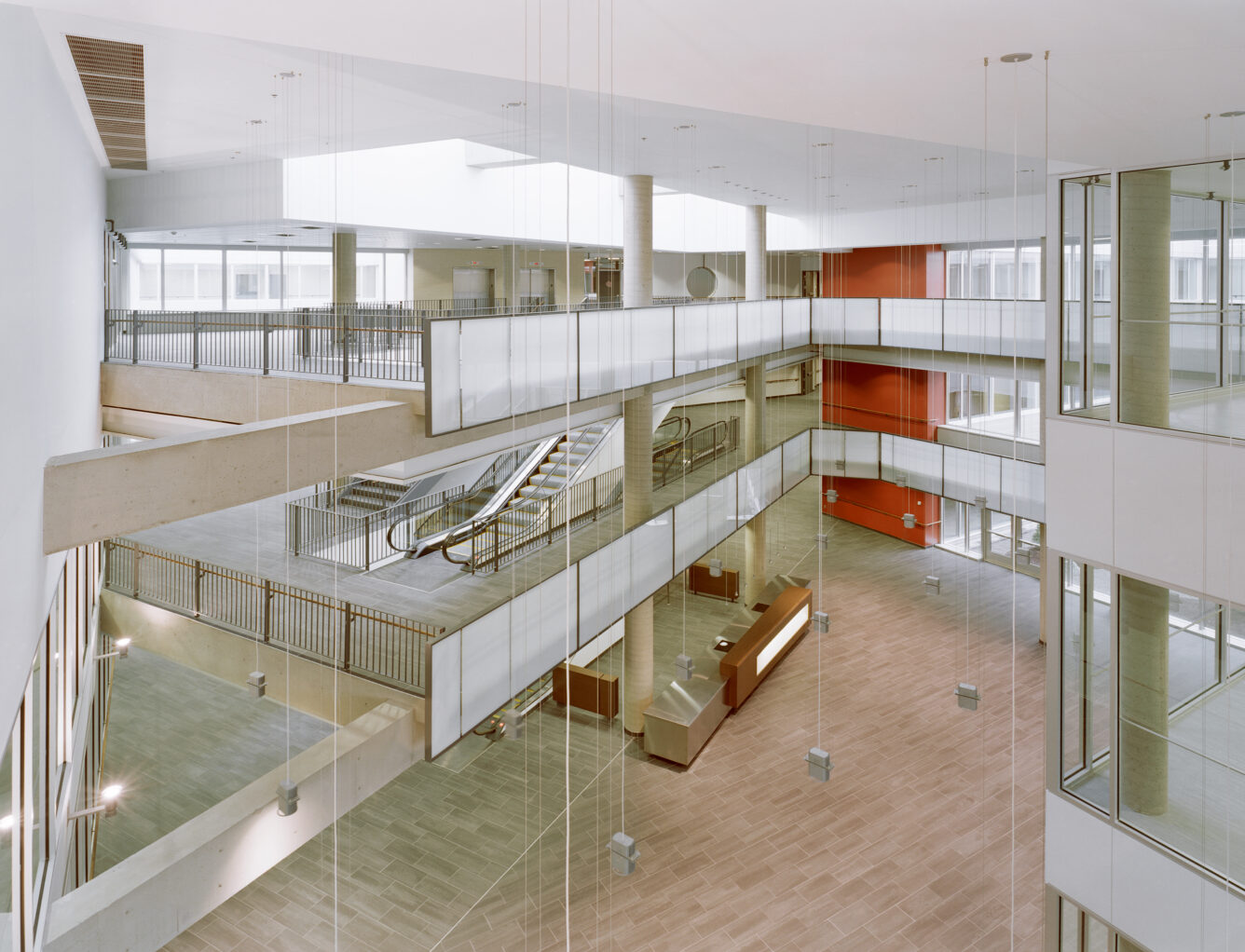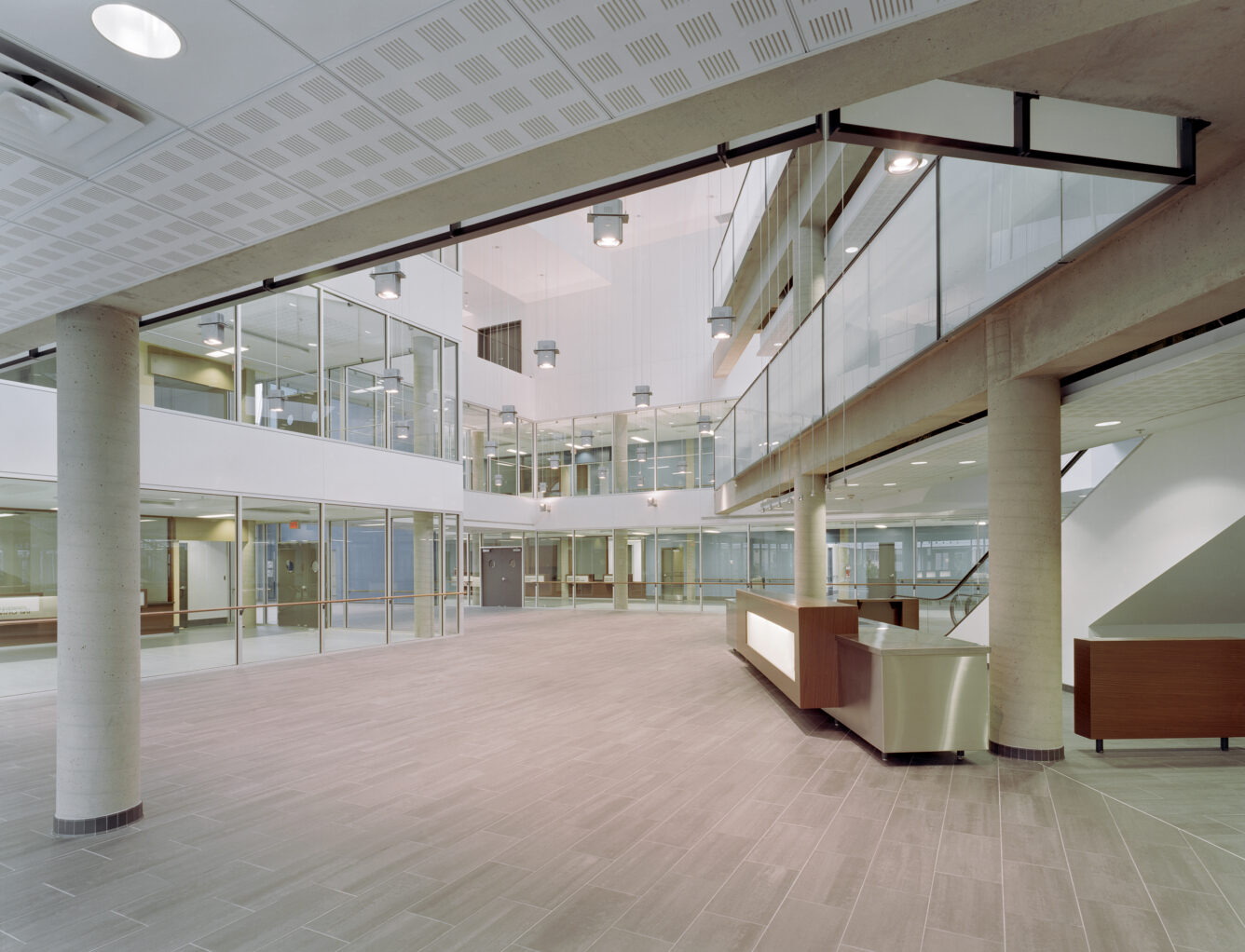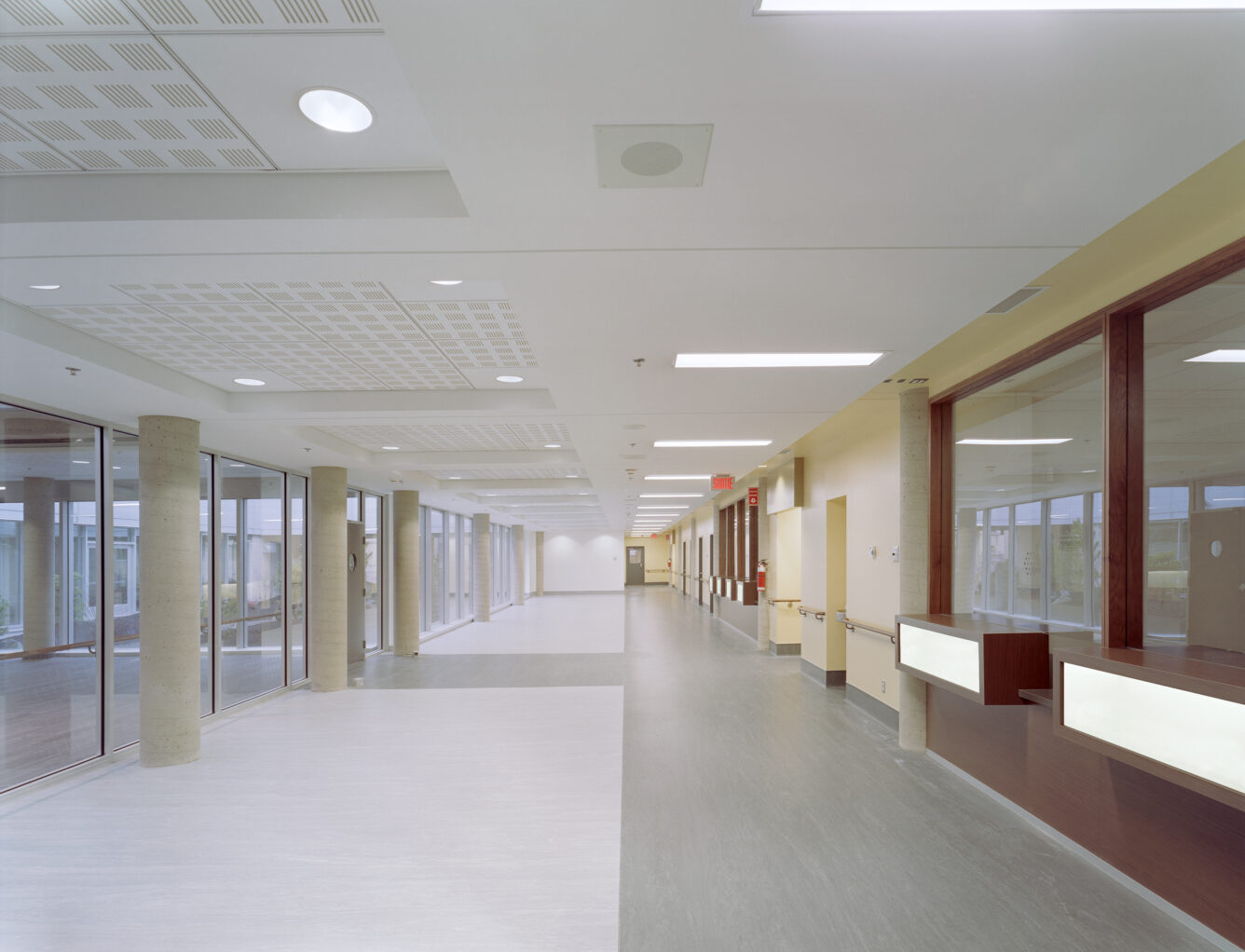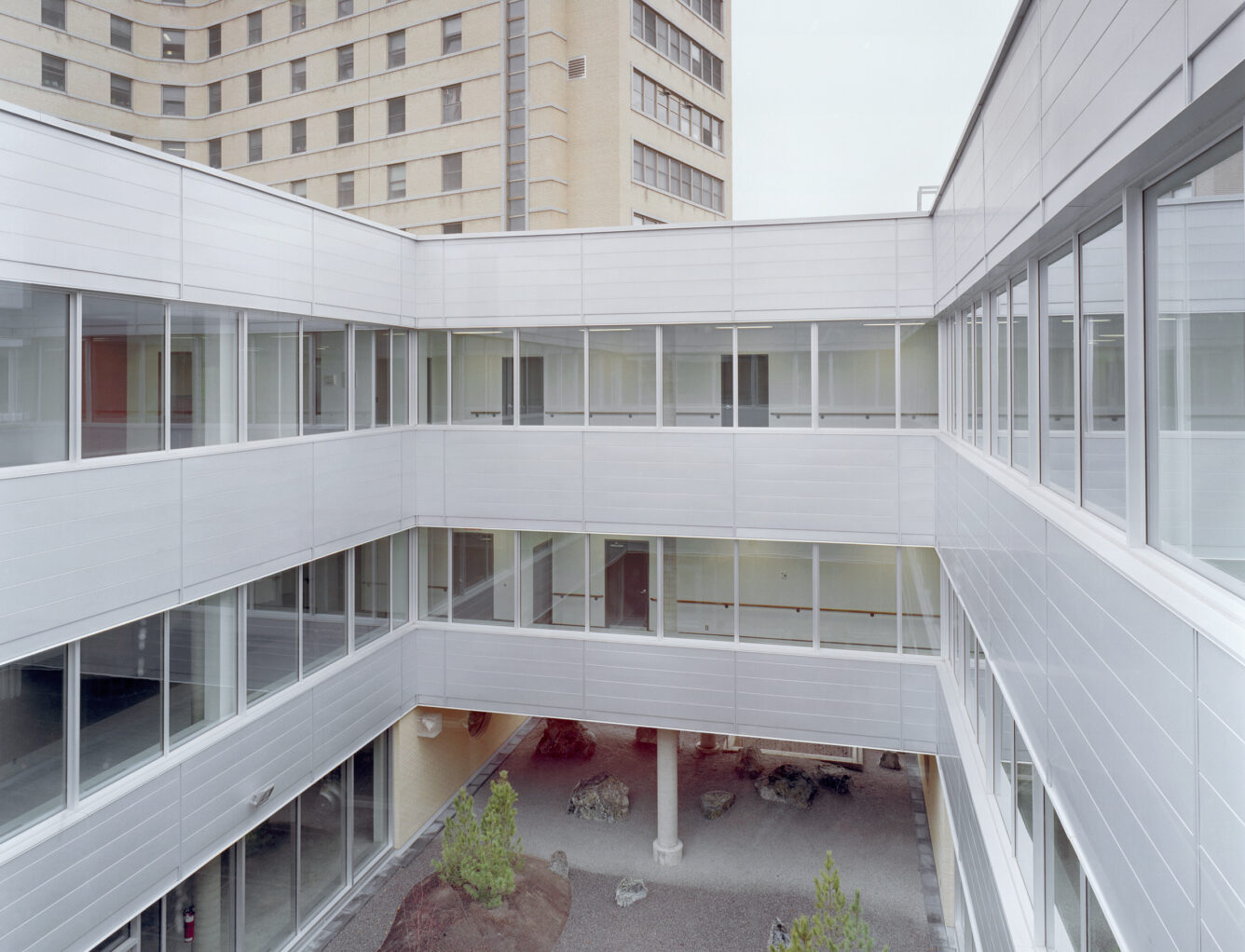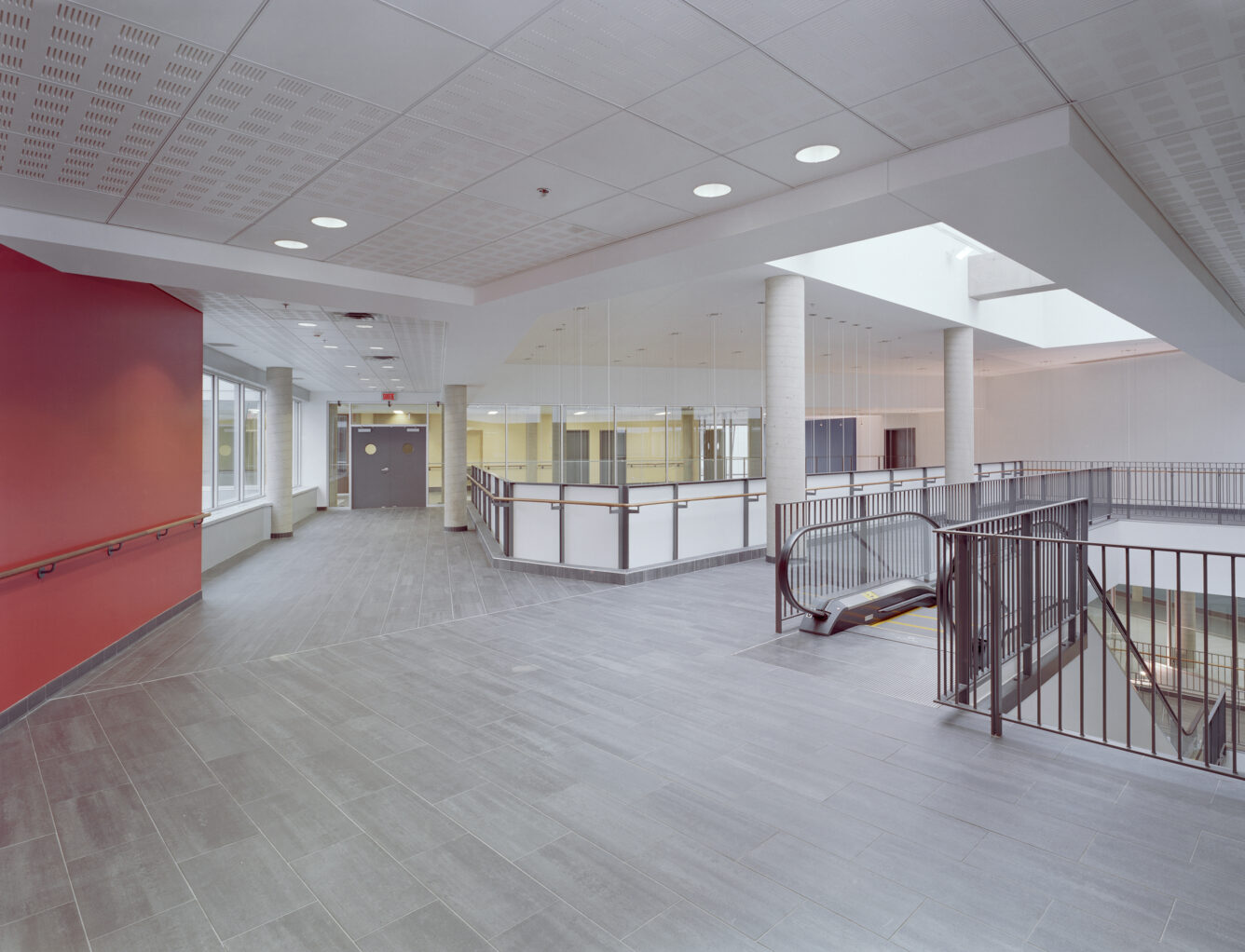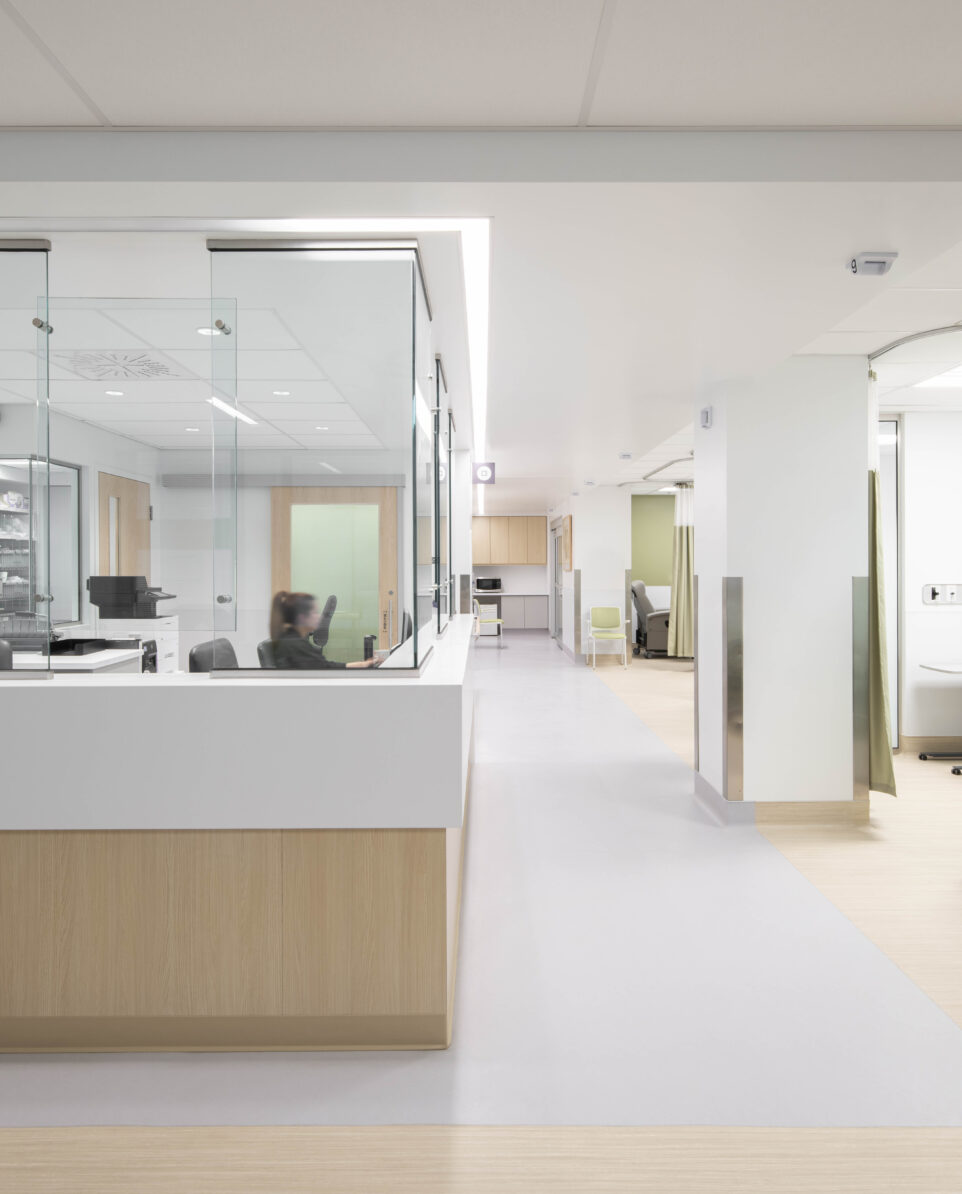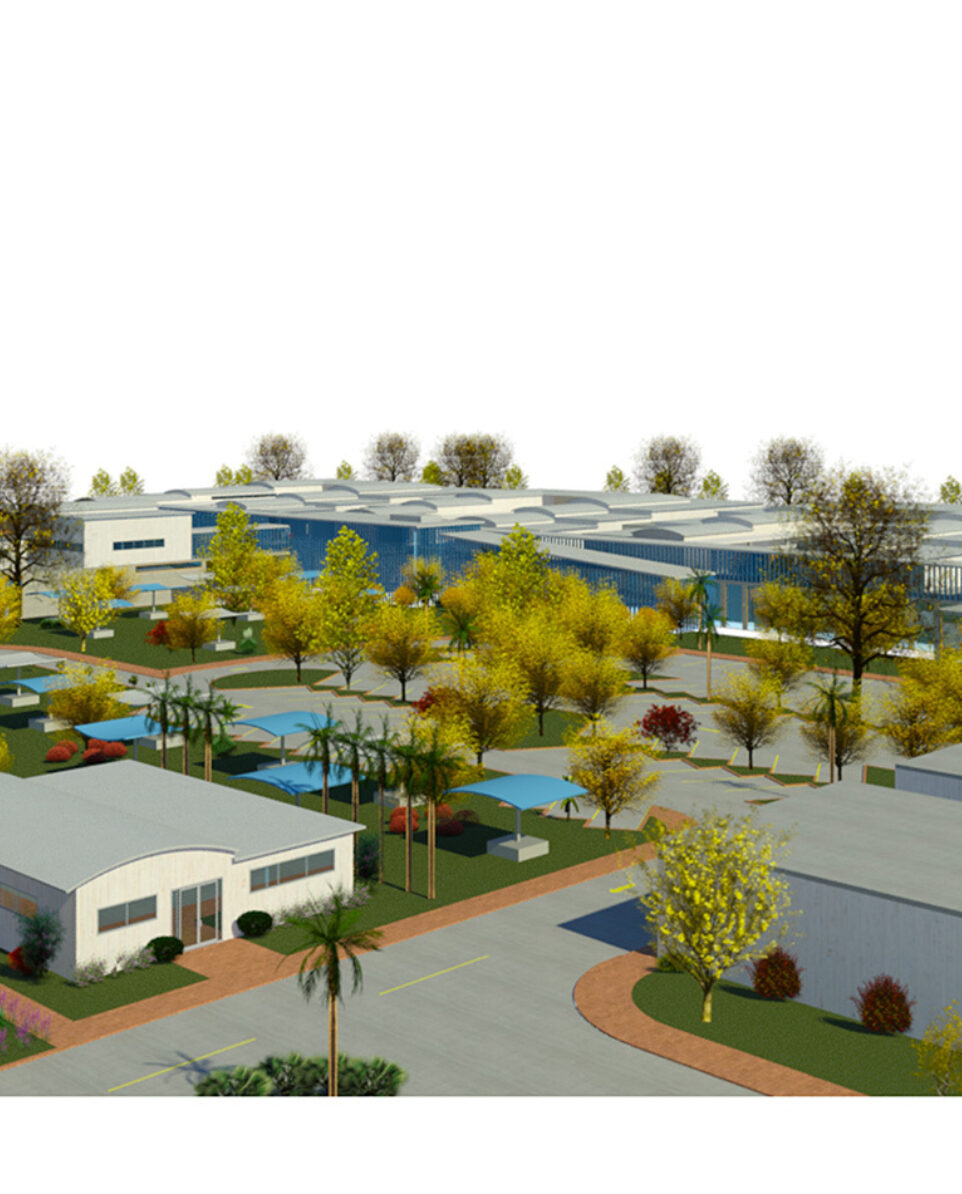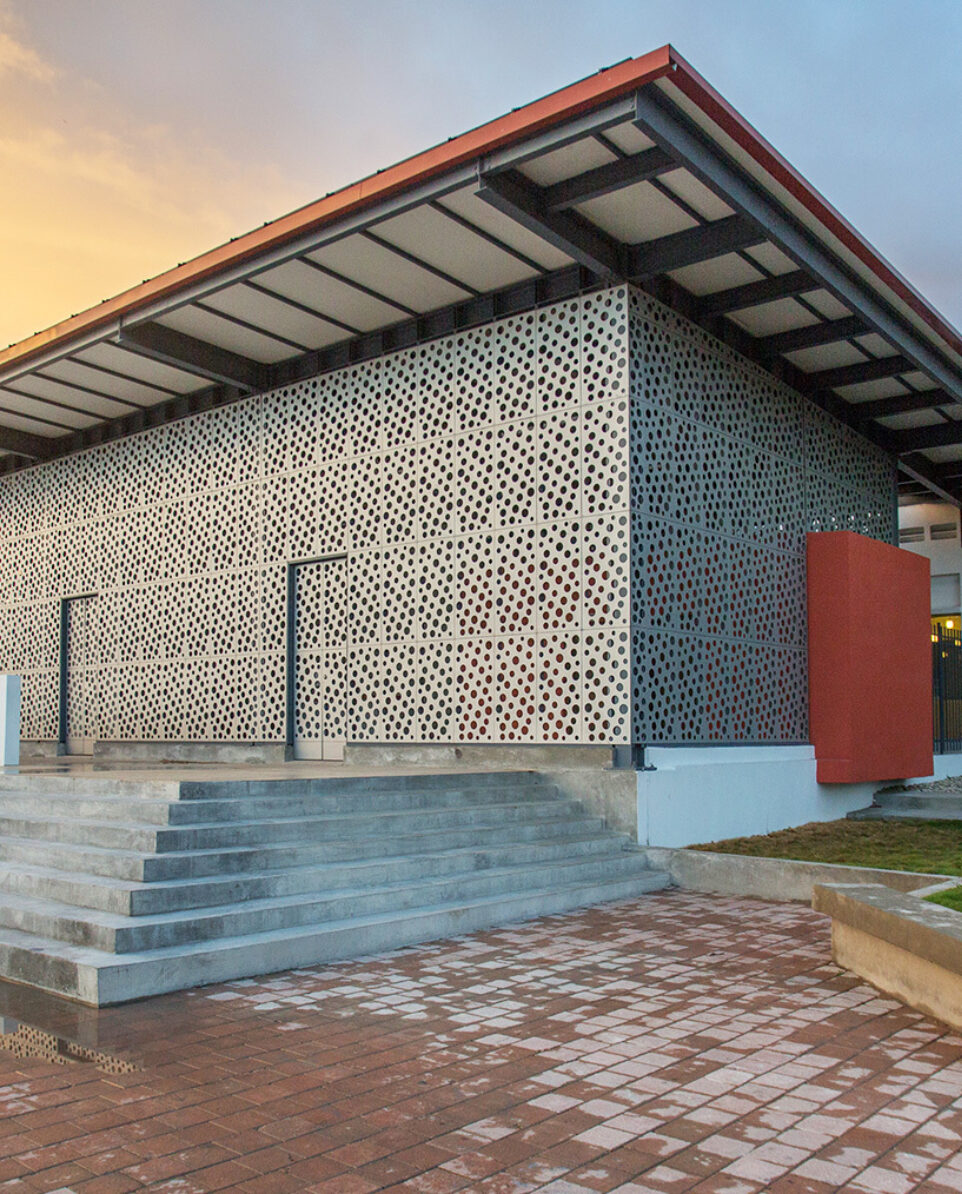General informations
407, rue McGill 8th Floor Montréal (Québec) H2Y 2G3
T.+1-514-844-6611
F.+1 514 844 7646
info@aedifica.com
Connect with
General informations
407, rue McGill 8th Floor Montréal (Québec) H2Y 2G3
T.tel:+1-514-844-6611
F.+1 514 844 7646
info@aedifica.com

Maisonneuve-Rosemont Hospital
Expertises
ArchitectureNotre firme est fière d'avoir joué un rôle essentiel dans la transformation et la modernisation de l'Hôpital Maisonneuve-Rosemont (HMR) à Montréal, à travers des projets d'infrastructure complexes et d'envergure. Notre contribution s'est manifestée notamment par le réaménagement et l'agrandissement de l'urgence, ainsi que par la conception d'un nouveau centre majeur de soins ambulatoires.
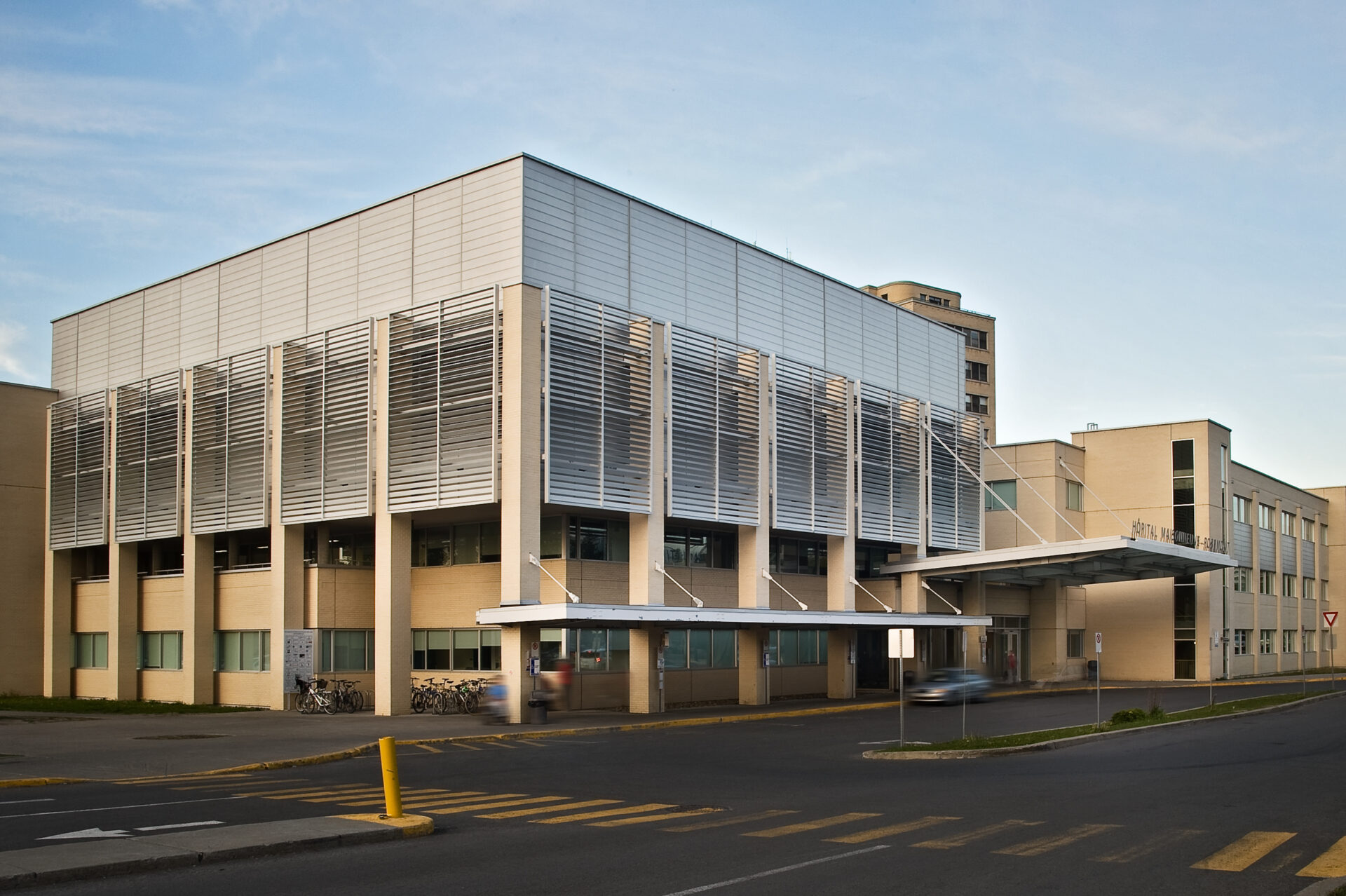
The emergency department project presented a considerable challenge, carried out in a fully operational hospital environment. Our team had to manage multiple constraints, such as a cramped site, aging facilities, and unforeseen issues like soil decontamination, as well as the need to decontaminate specific areas. The architectural vision consisted of completely rethinking the organization of space to meet today's medical imperatives. We planned a major redevelopment and expansion that increased the emergency department's total area to nearly 12,200 m², including a shock unit, examination and treatment rooms, observation rooms, and 15 overflow beds to manage peak periods. The design also incorporated measures for patient confidentiality, with rigid partitions between observation areas. The project was executed in sequential lots and in 6 phases, with tight scheduling to keep services operational. Our agile approach and rigorous coordination of stakeholders, including a problem-solving committee, enabled us to navigate through challenges and program adjustments. Our expertise in project management, ensuring fluid communication and constant site supervision, was essential for the success of this transformation.
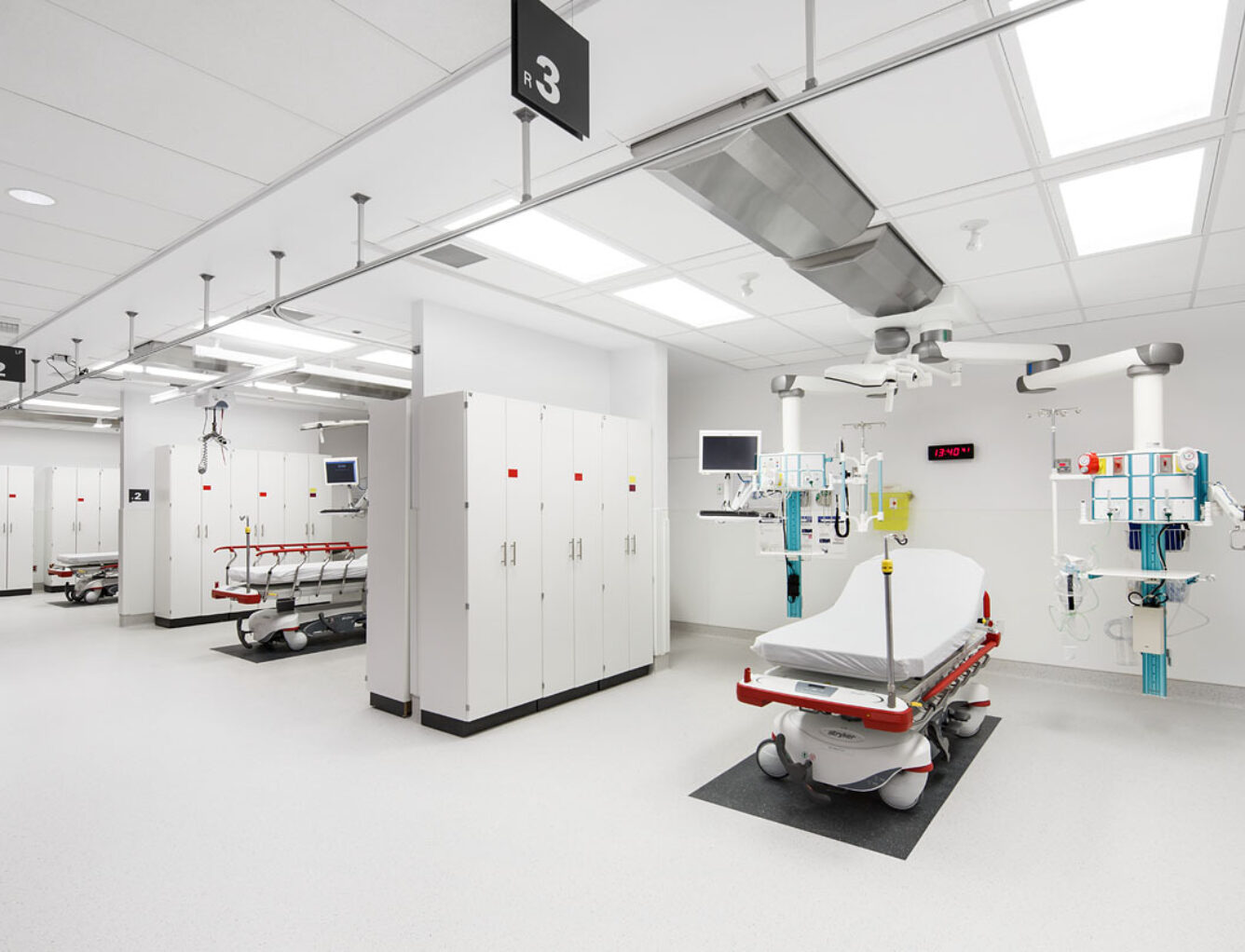
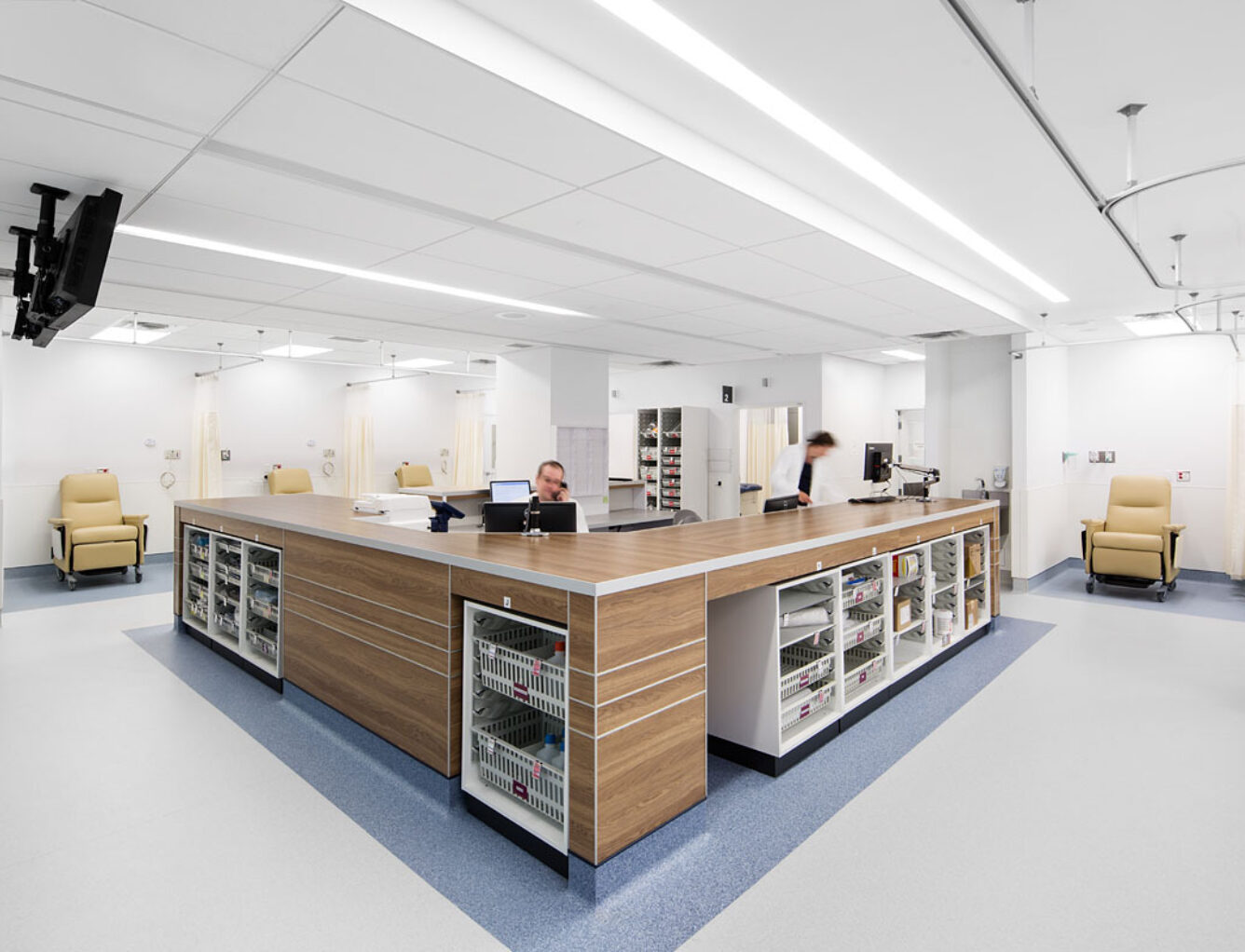
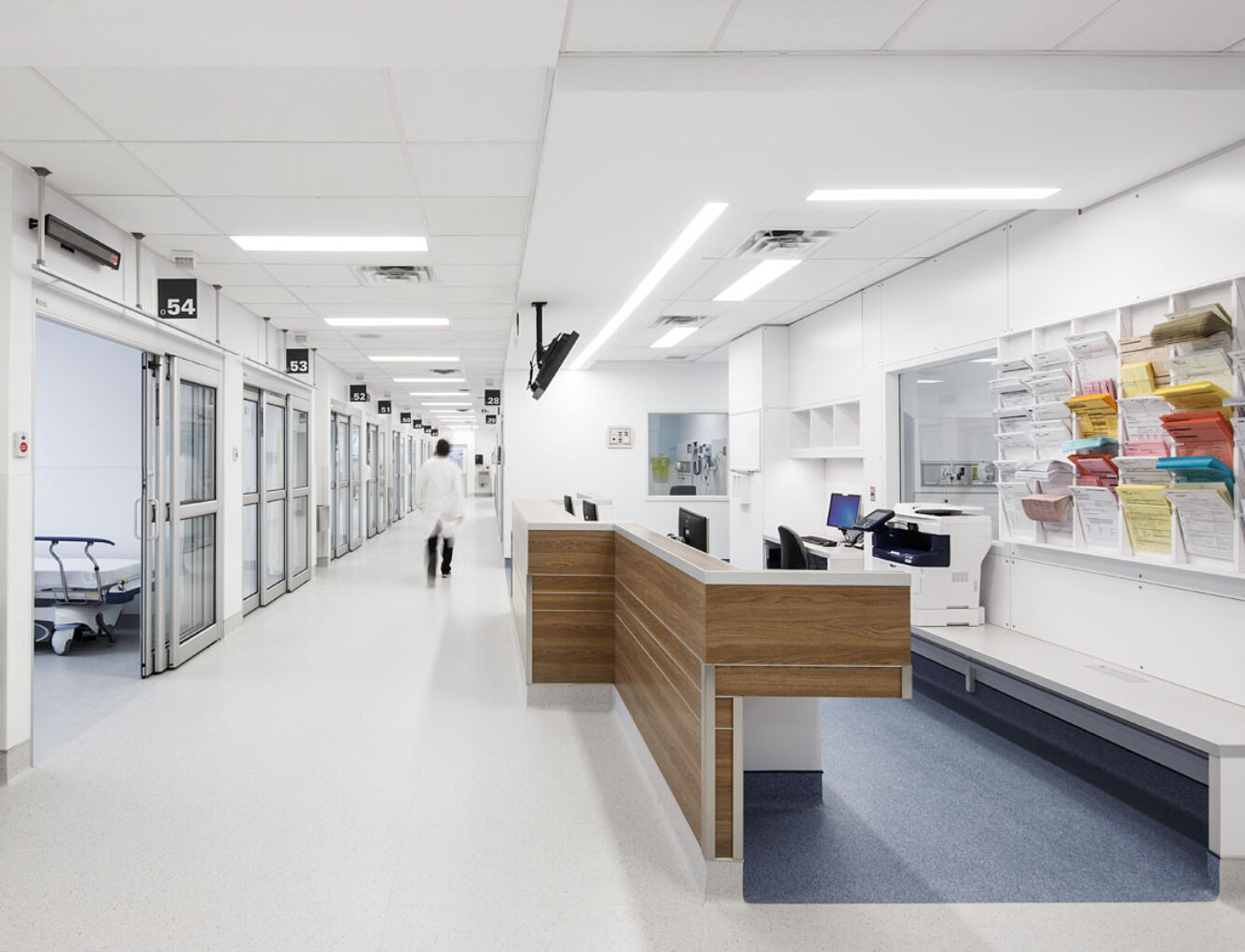

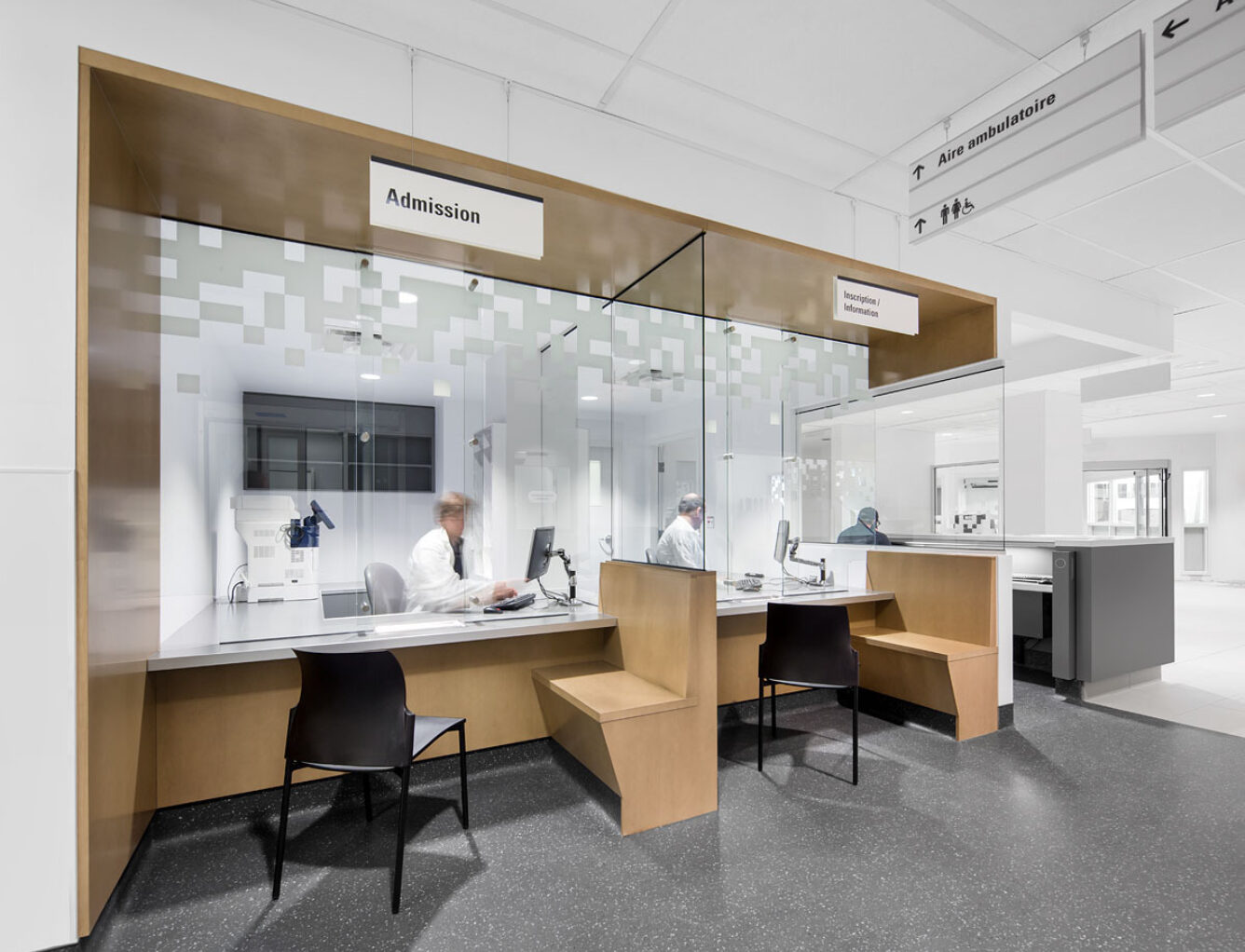
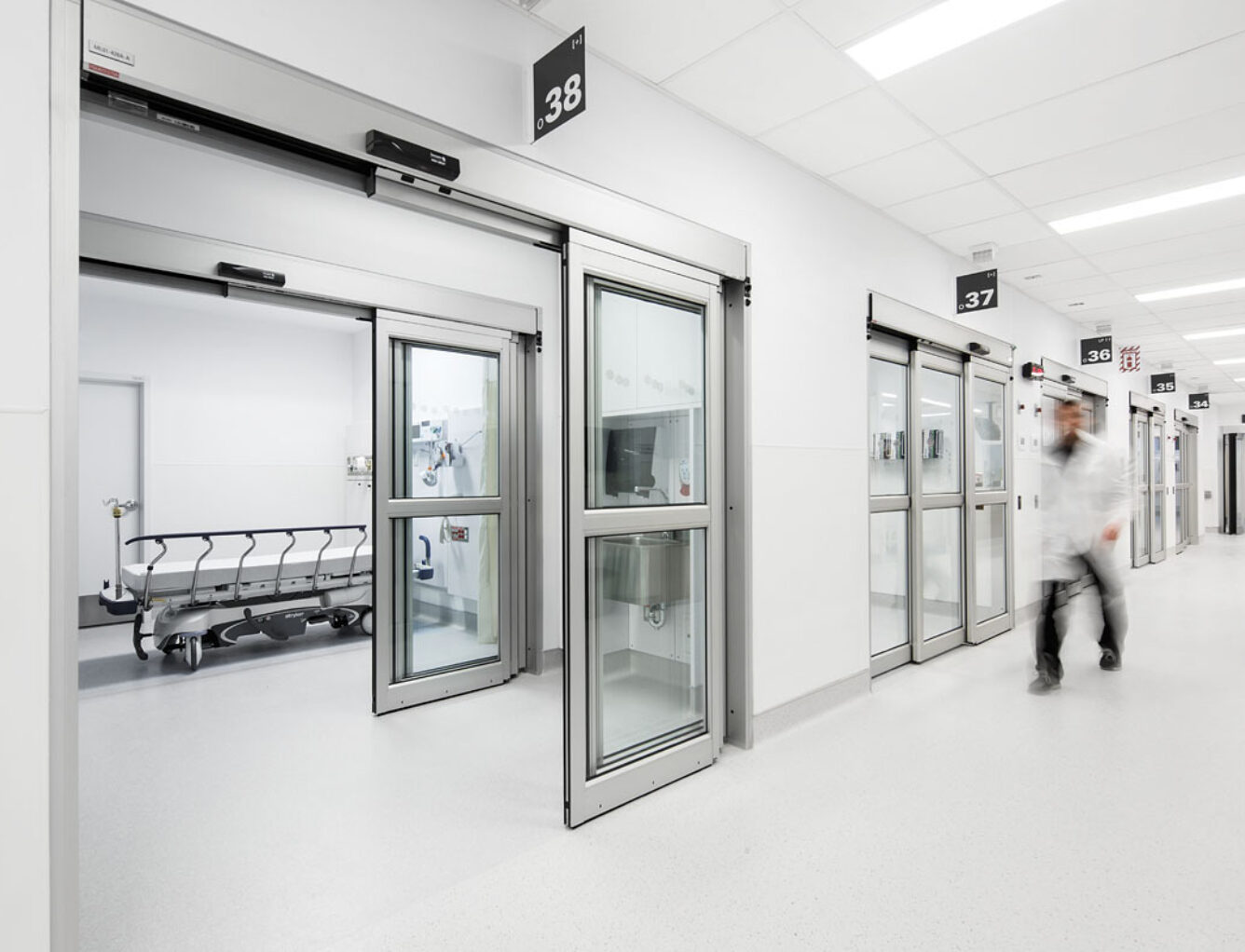
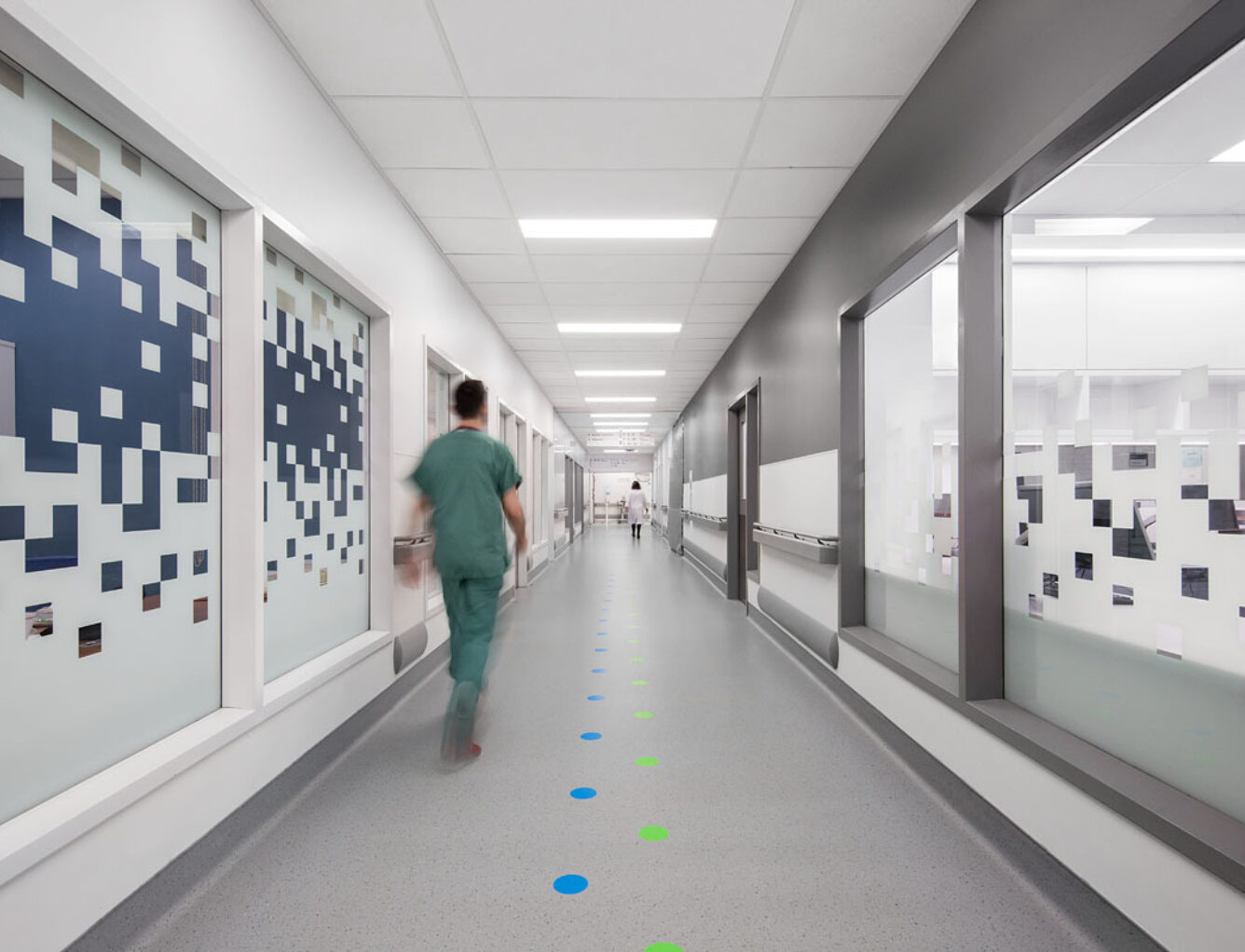
In parallel, our firm designed a new major ambulatory care center of nearly 30,000 m², an essential infrastructure focused on the evolution of healthcare and client needs. This avant-garde center consolidates all ambulatory activities, from surgery and medicine clinics to specialized departments like ophthalmology, obstetrics-gynecology, medical imaging, day medicine, dialysis, and oncology, without forgetting the hospital's centralized reception. The architecture of the ambulatory center is designed as a welcoming and modern gateway for HMR. Harmoniously connected to the existing tower, it unfolds over three bright floors, organized to promote fluid circulation and direct links with neighboring technical platforms. The use of existing yellow brick ensures aesthetic integration with the hospital complex. The interior is distinguished by a central glass atrium bathed in natural light, two accessible and airy inner courtyards, as well as vast convivial waiting areas. The transparency and openness of the spaces create an environment that breaks with the traditional hospital context.
These joint achievements illustrate our ability to design and deliver complex and vital healthcare infrastructures, even under extremely demanding conditions, to improve access to and quality of care.
